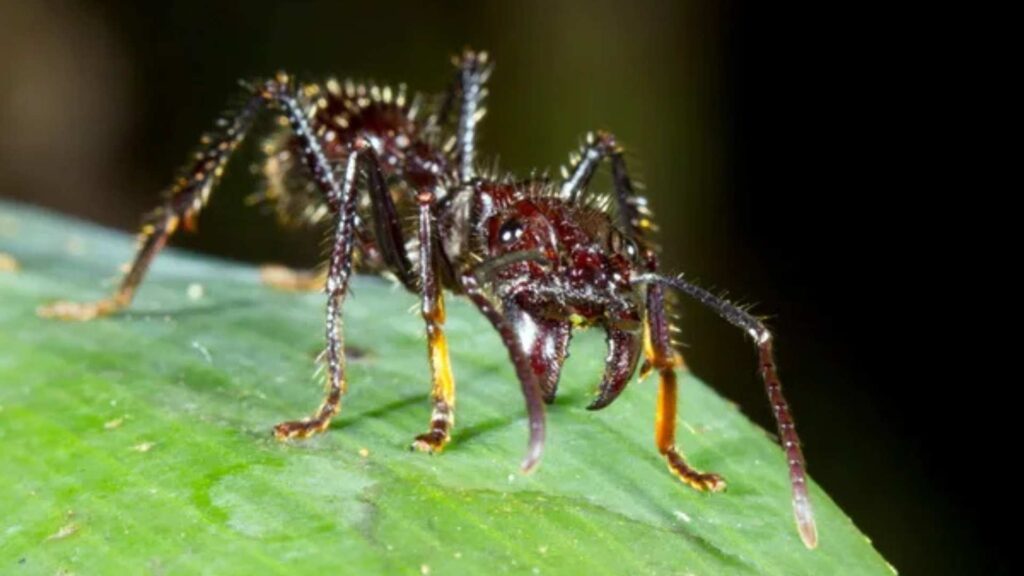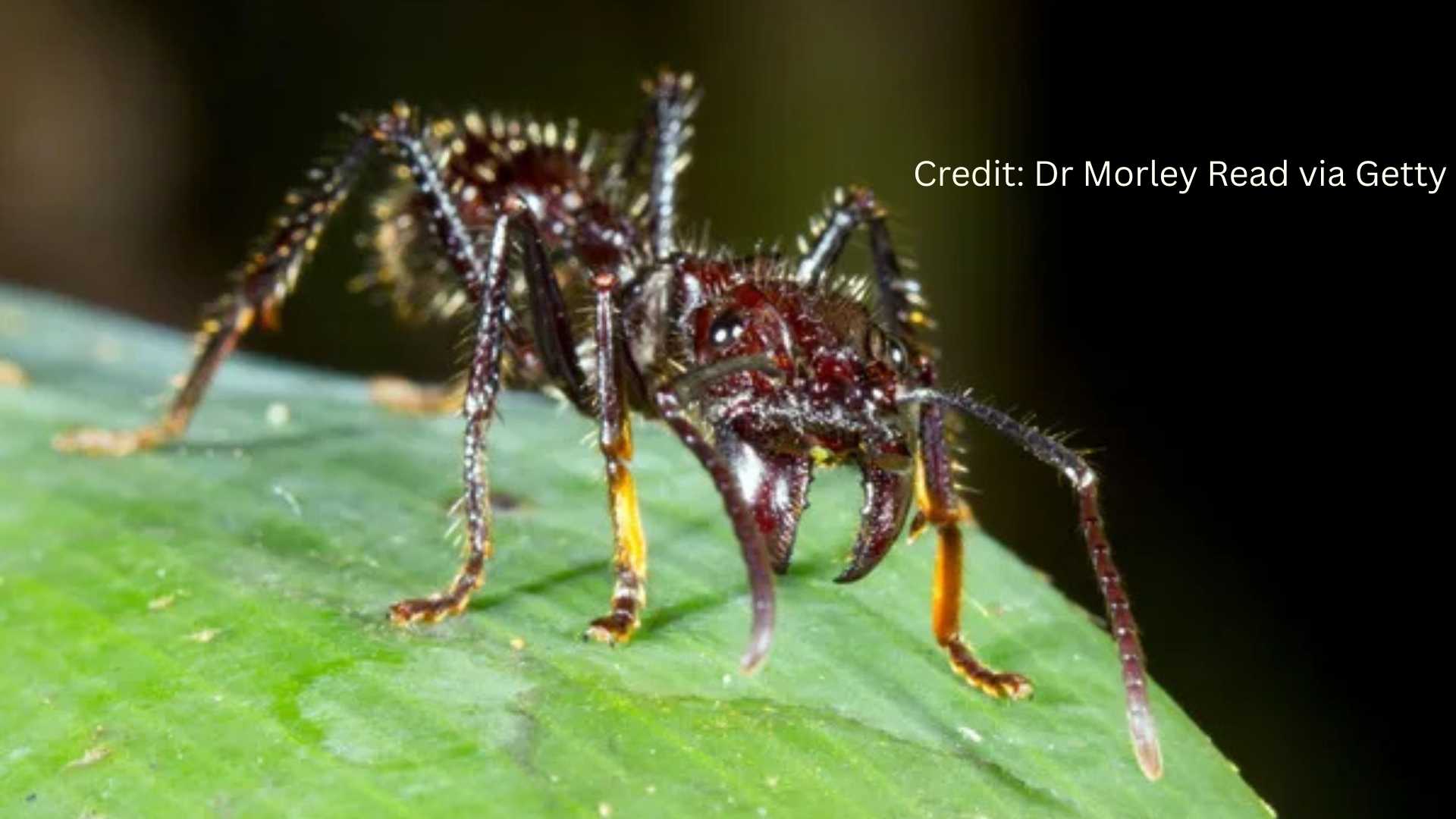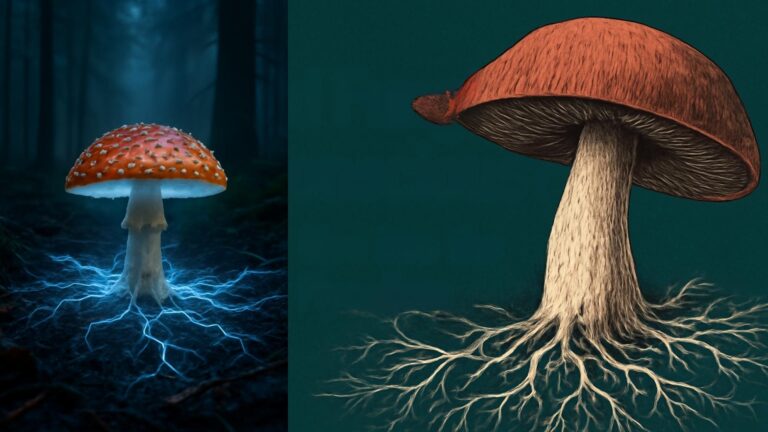The Scientist Who Got Stung for Science Reveals the World Most Painful Insect Sting
Insect With Most Painful Sting in the World- Imagine a pain so excruciating it feels like walking over flaming charcoal with a three-inch nail embedded in your heel. That’s the vivid description from Dr. Justin O. Schmidt, an entomologist who dedicated his career to experiencing the stings of nearly 100 insect species. His groundbreaking work has unveiled the insect with most painful sting in the world, offering a fascinating glimpse into the science of venom and pain.
The Man Behind the Sting
Dr. Schmidt, affiliated with the University of Arizona, turned his passion for insects into a personal experiment by allowing himself to be stung over 1,000 times. His motivation? To create the Schmidt Sting Pain Index, a scale rating insect stings from 0 (no pain) to 4 (unbearable agony).

This self-sacrificing approach earned him a 2015 Ig Nobel Prize, blending humor with scientific rigor. His latest insights, shared in interviews and publications, highlight his relentless pursuit of understanding venom’s impact on the human body.
Meet the Bullet Ant: Insect With Most Painful Sting in the World
At the top of the Schmidt Sting Pain Index sits the bullet ant (Paraponera clavata), native to the rainforests of Central and South America. This inch-long black ant delivers a sting rated 4+, described by Schmidt as “pure, intense, brilliant pain.”
Unlike milder stings like the honeybee’s (rated 2), the bullet ant’s venom, containing poneratoxin, causes prolonged muscle spasms and searing pain lasting up to 24 hours. Indigenous tribes use this sting in initiation rites, showcasing its cultural significance alongside its biological intensity.
What Makes the Sting So Painful?
The bullet ant’s venom is a cocktail of neurotoxic peptides that disrupt nerve signals, triggering uncontrollable muscle contractions and a burning sensation. Schmidt’s research, detailed in his book The Sting of the Wild, reveals that this pain serves as a defense mechanism, deterring predators from attacking colonies. Compared to other stings—like the tarantula hawk’s brief but fierce jolt—the bullet ant’s endurance sets it apart, making it a standout in the insect world.
Beyond the Bullet Ant
Schmidt’s index also ranks other notorious stingers, such as the tarantula hawk wasp (4, “blinding, fierce, shockingly electric”) and the warrior wasp (4, “torture, like an active volcano”). His poetic descriptions, honed over decades, provide more than entertainment—they offer insights into venom chemistry. This research has potential medical applications, including pain management for chronic conditions, underscoring the value of his unconventional method.
Safety Tips to Avoid the Worst Sting
While the bullet ant isn’t a threat in most regions, awareness is key for travelers. Wear protective clothing in rainforest areas, avoid disturbing nests, and seek medical help if stung, as allergic reactions can occur. Schmidt’s advice? Respect these insects’ space—their sting is a last resort, not an invitation to provoke.
Must Read: Over 50 Ships and Planes Have Mysteriously Disappeared
Why This Matters in 2025
With climate change expanding insect habitats, encounters with potent stingers may rise. Schmidt’s work, updated with recent findings, reminds us of nature’s complexity. His passion for insects also fuels conservation efforts, as over 40% of species face extinction, per recent studies, threatening ecosystems we rely on.
Conclusion
Dr. Justin Schmidt’s daring experiments have crowned the bullet ant as the bearer of the world’s most painful sting, a testament to human curiosity and scientific bravery. As we marvel at this discovery, let’s appreciate the delicate balance of nature. Share your thoughts on this wild science in the comments, and explore more about the insect world to stay informed and inspired!







